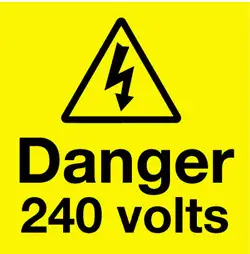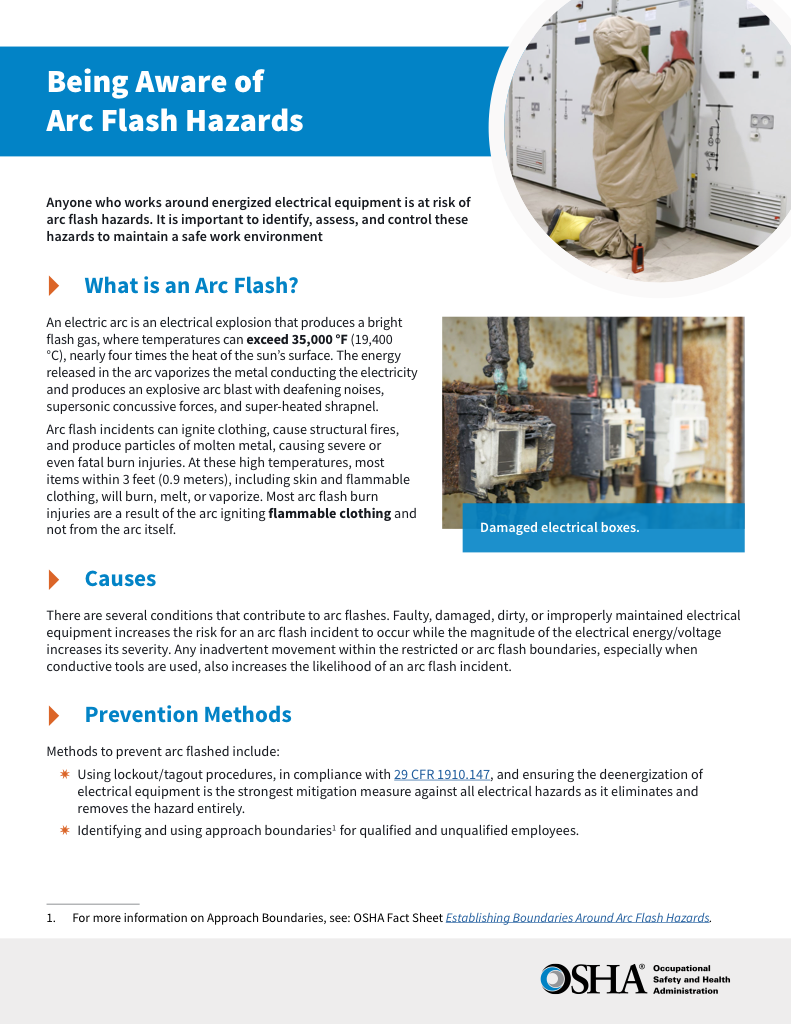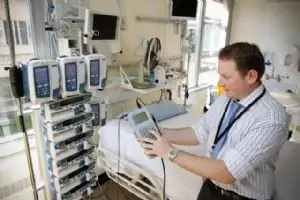Electrical Health and Safety - Avoid Electrical Injuries

Arc Flash Training CSA Z462 - Electrical Safety Essentials
Our customized live online or in‑person group training can be delivered to your staff at your location.

- Live Online
- 6 hours Instructor-led
- Group Training Available
Download Our OSHA 4475 Fact Sheet – Being Aware of Arc Flash Hazards

- Identify root causes of arc flash incidents and contributing conditions
- Apply prevention strategies including LOTO, PPE, and testing protocols
- Understand OSHA requirements for training and equipment maintenance
Electrical health and safety encompasses risk assessment, compliance, lockout/tagout, grounding, arc-flash mitigation, PPE, and safe work practices to control electrical hazards per NFPA 70E, OSHA, and IEC standards in engineering environments and maintenance.
Electrical Health and Safety Overview and Best Practices
Electrical health and safety is a critical component of workplace risk management in environments where employees are exposed to live electrical systems, high voltage equipment, and arc flash hazards. Effective programs combine hazard identification, safe work procedures, personal protective equipment (PPE), and compliance with standards such as NFPA 70E and CSA Z462. By prioritizing electrical health and safety, organizations can reduce injuries, ensure regulatory compliance, and foster a safety-first culture that protects both personnel and infrastructure. For additional context, review these electrical safety facts to benchmark incident rates and control strategies.
Request a Free Training Quotation
As a foundation for the courses above, an overview of electrical arc flash clarifies how faults ignite arcs, how energy is released, and why PPE categories matter.
Electrocution (death by electric shock) happens more often than we’d like to think of at home and in the workplace. Even performing a simple routine task like removing an old light bulb without unplugging the lighting device can be dangerous when any body part touches the live part of the socket. According to the Health and Safety Executive (HSE), roughly 1,000 electrical accidents happen each year. Of these accidents, 30 people die from electrocution, while other victims have their electrical health and safety compromised by either by falling from high places, by being burned, or by being shocked. The severity of each injury depends on the amount of voltage that travels through the body. The electrical current in regular businesses and homes has enough power to cause death by electrocution, which proves why electrical health and safety is important in the home and in the workplace. In severe cases, statistics on arc flash death underscore the need for rigorous risk assessments and lockout procedures.
Test Your Knowledge About Arc Flash!
Think you know Arc Flash? Take our quick, interactive quiz and test your knowledge in minutes.
- Instantly see your results and score
- Identify strengths and areas for improvement
- Challenge yourself on real-world electrical topics
Electrical Health and Safety -- How does electricity travel through the body?
In order for electricity to work, a conductor (pathway) needs to exist so that the electrical current can return to its starting source. Unfortunately, the human body is an easy conductor for electrical current to go through.
Understanding that same conductive path, a fault can escalate into an arc flash blast explosion that exposes workers to extreme heat, pressure waves, and hazardous projectiles.
Electrical Health and Safety --What happens when skin touches electrical current?
Our bodies produce its own electrical signals that run from the brain to the rest of the body. And, when our body directly touches any electric current, these processes can be interrupted thus compromising our electrical health and safety. For example, your muscles might spasm, your breathing stops or your heart can stop beating. Muscle spasms can cause an elevated worker to fall off a ladder and cause further injuries.
Case studies of an arc flash victim illustrate how involuntary muscle contractions and cardiac effects can cascade into secondary injuries.
Electrical Health and Safety --What are harmful effects of an arc flash or an arc blast?
Electricity compromises a person’s electrical health and safety with burns to the skin that happen when electrical current comes in direct contact with the human body. An arc flash releases intense heat that causes burns and intense light can make any victim blind. An arc blast can harm the body in the same way, only with more intense heat. Arc blasts also produce pressure waves, which can cause ear drums to rupture or lungs to collapse thus compromising a person’s electrical health and safety.
For a concise summary of the spectrum of harm, review what injuries are associated with arc flash to better align your emergency response plans and medical protocols.
Electrical Health and Safety --What kind of burns can damage the human body?
An electric arc can cause thermal burns from the intense heat while flame burns can be caused from burning materials that caught on fire or ignited from electrical currents. High-voltage burns can fry internal tissues thus leaving little damage to the outer skin.
Beyond the initial trauma, documented arc flash injuries often involve long-term rehabilitation needs, infection risks, and psychological impacts.








